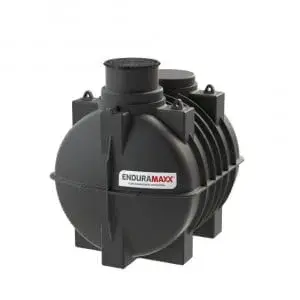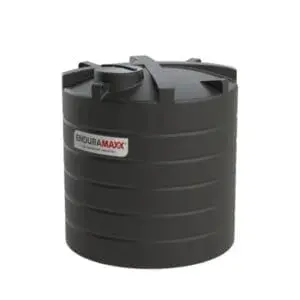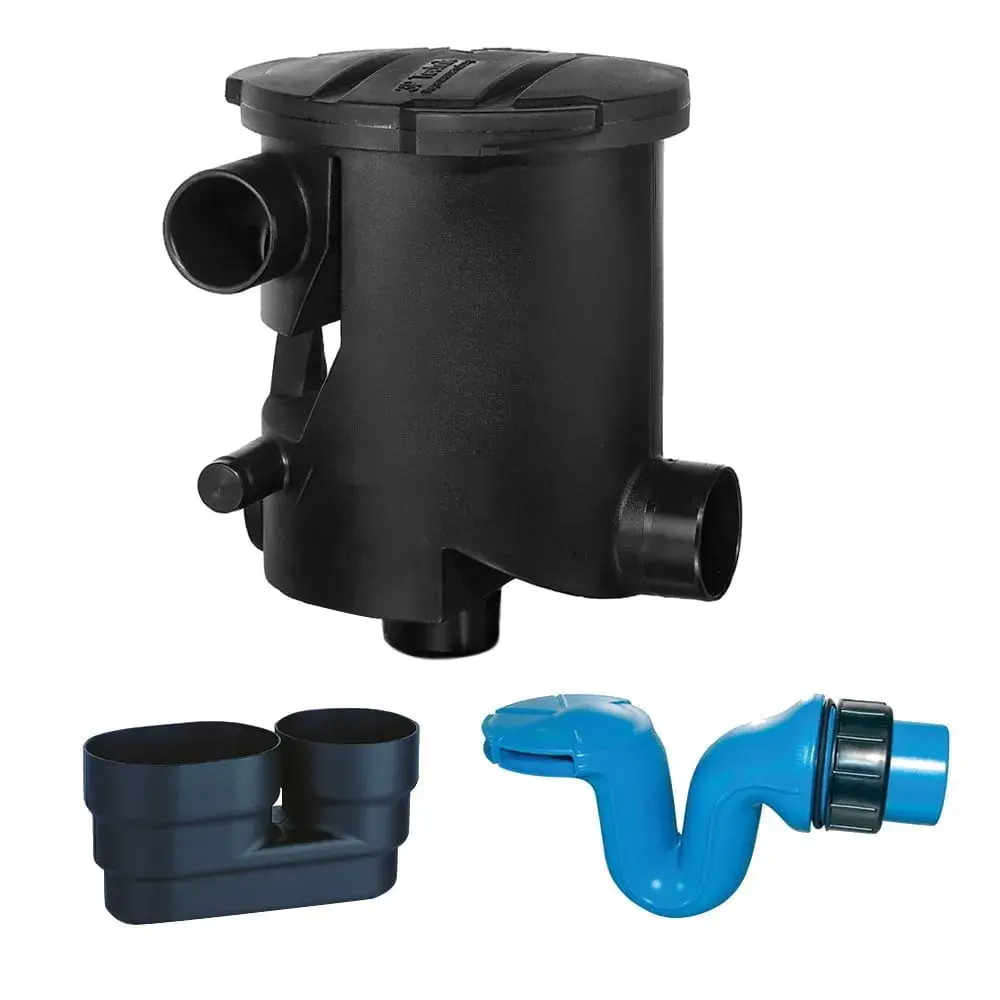According to BAFSA (British Automatic Fire Sprinkler Association) since 1945 no one in the UK has died as a result of a fire in a building with a working sprinkler system. In 2018/19 there was 576,040 incidents, which 182,825 were fires and resulted in 253 fire-related fatalities. Click for more powerful evidence to the ability of sprinklers to greatly reduce the effects of fire!
Following the catastrophic events at Grenfell Tower in June 2017, the law was updated in November 2020, so that all blocks of flats that are new or have undergone significant conversions, and are at least 11 metres high, now need to be fitted with fire sprinklers that conform to BS 9251:2021.
No sprinklers were fitted at Grenfell, partly because at the time there was no legal requirement for them – for residential buildings, sprinkler systems were only a necessity for those at least 30 metres high and built after 2007. Although over twice that height, Grenfell Tower was constructed between 1972 and 1974.
Automatic Fire Sprinkler Facts
Automatic sprinkler systems are used more than any other fixed fire protection system and over 40 million sprinklers are fitted world-wide each year.
Sprinkler systems have been proven in use for well over 100 years. Possibly the oldest in Britain was fitted in 1812 at the Theatre Royal Drury Lane and the updated form is still in use today and losses from fires in buildings protected with sprinklers are estimated to be 1/10th of those in unprotected buildings.
In buildings fully protected by sprinklers:
- 99% of fires were controlled by sprinklers alone
- 60% of fires were controlled by the spray from no more than 4 sprinklers
- Source: European statistics over 10 year period
- Accidental discharge of water from all causes is 1 in 500,000 (per year of service)*
- Accidental discharge of water due to manufacturing defects is 1 in 14,000,000 (per year of service) **
Fire Sprinkler System Water Storage
Needless to say, the storage of the correct amount of water on site is paramount. There have been incidents particularly in rural areas where there was only minimal storage of firefighting water on site which meant that the water that was there was used to protect neighbouring properties rather than saving the property that was on fire.
Residential and Commercial Buildings have Significant Differences
Enduramaxx recommend you take professional advice on the requirements pertaining to your building/situation to ensure your commercial, residential or industrial building meets all necessary fire safety legislation.
Tank Requirements for Dwelling Properties
There are two main capacities for sprinkler tanks. A fire water tank is classified as ‘full holding capacity’ when all water necessary for the sprinkler system is stored on site. For example an Ordinary Hazard 15m (OH3 15m) wet-type sprinkler system would have a 135m3 tank.
A ‘reduced capacity’ tank for the same hazard could be as small as 30m3 provided the inflow from the service mains could make up the shortfall of 105m3 in 60 minutes.
The required duration for the provision of water for firefighting purposes are set out below:
- BS EN 12845:2015 Light Hazard – 30 minutes
- BS EN 12845:2015 Ordinary Hazard – 60 minutes
- BS EN 12845:2015 High Hazard – 90 minutes
- BS 9251 Residential – 30 minutes
- BS 9251 Domestic – 10 minutes
- Schools (TB221) OH1 – 30 minutes
- Schools (TB221) OH2+3 – 60 minutes
- NFPA – Varies; 30-240 minutes
Fire Sprinkler Tanks Requirements for Non-Dwelling Properties
Many agricultural properties are located in areas away from a mains water supply or suffer from insufficient water pressure to enable the effective fighting of fire. A high percentage of these properties don’t have the benefit of a borehole, a stream, a river or standing water nearby either and are therefore obliged to seek alternative water resources.
Building regulations applicable in England and Wales, in addition to those specifically relating to Scotland, have certain requirements with regards to fire safety and the arrangements which must be in place to assist fire and rescue authorities in the fighting of fires. Both the Scottish Office and HMG have issued a number of Guidance Documents to be read in conjunction with the relevant building regulations and we shall limit ourselves to those concerned with Statutory guidance contained within Approved Document B (fire safety) Volume 2: buildings other than dwelling houses (as amended 2010 & 2013). The contents of this document are mirrored by that issued in Scotland.
Section 15 of Approved Document B deals with Fire Mains and Hydrants and subsection 15.8 specifically states,
“Where no piped water supply is available, or there is insufficient pressure and flow in the water main, or an alternative arrangement is proposed, the alternative source of supply should be provided in accordance with the following recommendations:
- A charged static fire water tank of at least 45,000 litres capacity; or
- A spring, river, canal or pond capable of providing or storing at least 45,000 litres of water at all times of the year, to which access, space and a hard standing are available for a pumping appliance
- Or any other means of providing a water supply for fire-fighting operations considered appropriate by the fire and rescue authority”.
Water Tank For Fire Sprinkler System Types
There are many different options for water storage tanks for sprinkler systems. Concrete, Galvanised Steel, GRP to name but a few. However, many of these options are either very costly or time-consuming and difficult to install.
Enduramaxx manufactures a large range of rotationally moulded Fire Sprinkler Tanks, one piece, medium density polyethene CAT 5 Tanks, Slimline Tanks and Vertical Water Tanks at its factory in Lincolnshire. These tanks range in size from 150 litres up to 30,000 litres and by simply linking tanks together the capacity can be increased to 40,000, 50,000 or 60,000 litres, or whatever the individual requirement may be.
Simple and quick to install and available in a range of colours with the option of low profile tanks and insulated tanks if required, we are sure that we have the solution which will enable you to meet the requirements as outlined within the guidance documents.
Aqueous Film-Forming Foam (AFFF) Storage Tank Types
Enduramaxx’s polyethylene tanks are also suitable for storing Aqueous Film-Forming Foam Concentrates (AFFF). Again, these tanks range in size from 150 litres up to 30,000 litres and beyond.
We recommend that our bunded tanks are used to safeguard against spillage of the concentrate which are available from 400 litres to 30,000 litres.
We can accommodate specific system requirements such as bespoke connections, inlet calming and pumping systems. All fabrication is offered pre-delivery saving installation teams time and money.
For more information regarding Fire Sprinkler Tanks or to talk to one of our sales team, call 01778 560810.
Posts By Topics
- Blog (303)
- Chemical Storage Tanks (118)
- Chemical Dosing Tanks (114)
- Chemical Tanks (114)
- Water Tanks (58)
- Rainwater Harvesting Tanks (43)
- Vertical Rainwater Tanks (31)
- Vertical Storage Tanks (31)
- Cone Bottom Tanks (19)
- Conical Cone Tanks (18)
- Rainwater Harvesting (17)
- Water Bowsers (15)
- Horizontal Tanks (14)
- Potable Water Tanks (13)
- Farming (9)
- Case Studies (8)
- Industrial Storage Tanks (7)
- Liquid Fertilser Storage Tanks (6)
- WRAS Approved Potable Tanks (6)
- Wine and Beer Production (6)
- Horizontal Transport Tanks (5)
- Microbrewery (5)
- Rainwater (5)
- Category 5 Break Tanks (4)
- Cider Production (4)
- Mixer Tanks (4)
- Molasses Tanks (4)
- Polyethylene tanks (4)
- Rainwater Filter Kits (4)
- SPECIALIST & BESPOKE TANKS (4)
- Bunded Tanks (3)
- Slimline Tanks (3)
- WRAS Approved (3)
- Clarification Tanks (2)
- Crosslinked Polymer Tanks (XLPE) (2)
- Fertiliser Tanks (2)
- Sump Tanks (2)
- Tank Installation (2)
- Water Butt (2)
- underground water tanks (2)
- ACCESSORIES & FITTINGS (1)
- ATV & UTV SPRAYING UNITS (1)
- Above Ground Effluent Tanks (1)
- Bespoke Tank Frames (1)
- Category 5 Turret (1)
- Caustic Soda Tanks (1)
- Closed Top Bunded Tanks (1)
- Craft beer (1)
- Effluent Tanks (1)
- Enduramaxx (1)
- Ferric Chloride Tanks (1)
- Fire Safety Regulations (1)
- Fire Sprinkler Water Storage Tanks (1)
- Industrial Water Tank (1)
- Open Top Bunded Tanks (1)
- Open Top Cone Tanks (1)
- Open Top Vertical Tanks (1)
- Polyethylene Potable Water Tanks (1)
- Polyvinylidene Fluoride (PVDF) Tanks (1)
- Polyvinylidene Fluoride Tanks (PVDF) (1)
- Pressure Washers (1)
- Pro Series Spot Sprayers (1)
- RWH (1)
- Sodium Hydroxide Storage Tanks (1)
- Sprayer Fill-up Tanks (1)
- Uncategorised (1)
- liquid fertiliser tank (1)
Sign up to the newsletter
maxxupdates
Related Posts
Fire Fighting Sprinkler Water Tanks: Construction & Agriculture
Our range of polyethene firefighting sprinkler water storage tanks is designed to store large...
Fire Suppression Water Tanks UK - Enduramaxx Ltd
Enduramaxx, a leading Fire Suppression Water Tanks UK Manufacturer, has been manufacturing plastic...
Fire Sprinkler Water Storage Tanks & Fire Safety Regulations
Fire sprinkler water storage tanks must adhere to a variety of safety regulations, including the...
Related Products
From £1,080.00 inc. VAT
£900.00 exc. VAT
From £1,344.00 inc. VAT
£1,120.00 exc. VAT
From £768.00 inc. VAT
£640.00 exc. VAT
£480.00 inc. VAT
£400.00 exc. VAT






